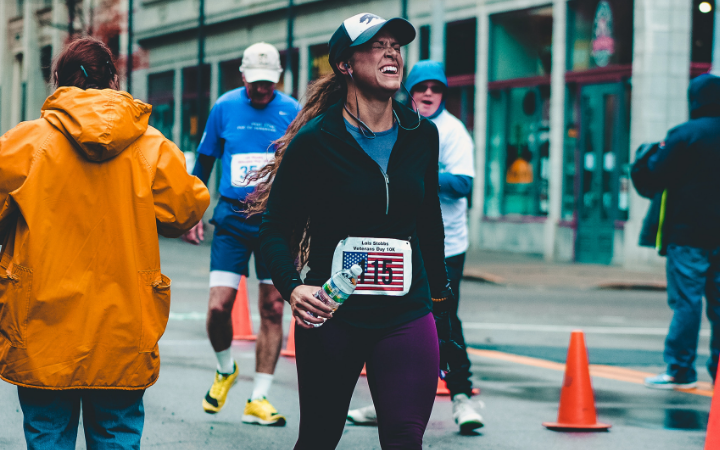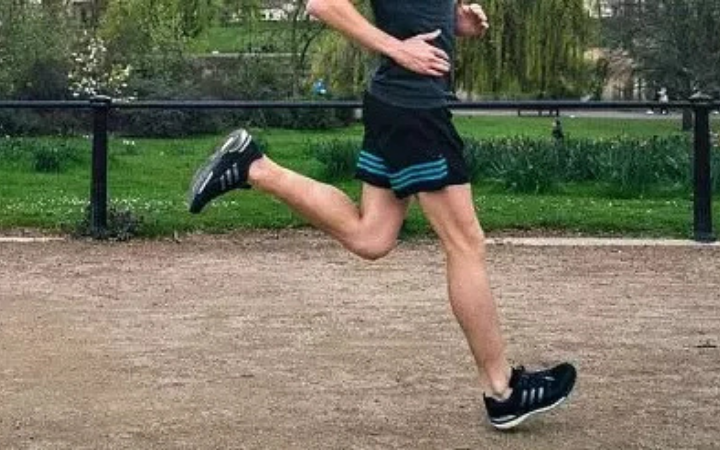
American Runners are Slower than Ever
By Coach Adolfo Salgueiro
A couple of weeks ago I came across a statistical mega study that confirmed what the title of this blog post states. Using over 34.6 million results from over 28 thousand races, researchers Jakob Andersen and Vania Andreeva Nikolova, sliced and analyzed the data in multiple ways to reach their conclusion.

The statistical analysis concludes slowing down in males and females in all distances (Photo: Pexels)
As I glanced through the research, I realized I started reading with preconceived notions on what they would find. More runners, unhealthier athletes, aging, gender gaps. The usual. Back in my youth, when I ran marathons in the 3:30s in the mid-1980s, I finished around the 50 percentile of finishers. A stat I just read from the Chicago Marathon stated that 18% of runners finished sub-3:30 this year. An obvious shift. I must say all my biases were addressed in the study and the conclusion still holds.
If after reading my take on this study you want to delve into the minutiae and the data, you can find the research paper in its entirety by clicking here.
This thorough study includes racing in the four most popular distances (5K, 10K, half and marathon), and races with more than 2000 finishers between 1996 and 2016. The reasons why this data was selected, the terminology and methodology of its handling, is detailed in the study, if you are interested. One more thing, researchers state this study took place because the deteriorating health of the American population is an important topic to be studied, and they wanted to find if this reality is reflected in the finishing times of races.
The study could have been a great episode of Discovery Channel’s Mythbusters TV show, as it takes time to disprove many of our preconceived notions about these numbers. These are:
1 – The proportion of women participants is increasing, and women are slower in general: Men speed is decreasing at a faster rate than the women increment in participation. If this trend continues, by 2045 both sexes will be at an equal average pace.
2 – People with inappropriate fitness level just walk the races: The study found the proportion of participants finishing races on every distance, at a slower than the average brisk walking pace is rather consistent throughout the years, so there is no statistical difference.
3 – Just the slow are getting slower: An easy idea to assume but the study measured the average final time for the 100th, 1000th, 2000th and 5000th finisher on each race throughout the years of the study, on both sexes, and concluded the fastest females have slowed down 9.87% while males have done so at a 9.94% clip.
4 – The average age of the participants is increasing and older equals slower: The average participant age has increased from 37 to 41, so the study analyzed not just the finishing times for these 4-year gap, but for every 4-year gap on all ages as well as every single age and concluded this could not be the sole reason of the slow down.

The study found a direct correlation between the slowing down and Americans getting heavier and unhealthier (Photo Andres Ayrton, Pexels)
So, if these are myths, what are is slowing down American runners?
The study considered the parameters of adult obesity, teenage obesity, diabetes and hypertension, and average annual medical expenditure. It found an across-the-board direct correlation with the slowdown. The authors make sure to emphasize that these are just correlations and by no means they can infer the condition of each runner, yet the numbers are very clear on what is happening as the population is getting heavier and unhealthier.
The study concludes the following:
1 – The average American runner has never been slower (across gender and distance).
2 – This effect is not due to the increase in female participants or people who run slowly or walk the race.
3 – Signs of poor health are highly correlated to the decrease in speed, though they cannot with certainty say that these are the causes for the slowdown. And if they have causal nature that they show the full picture.
The study was led by Jens Jakob Andersen and assisted by Vania Andreeva Nikolova. Andersen is a former competitive runner and statistician from Copenhagen Business School. Nikolova holds a Ph.D. in Mathematical Analysis.












